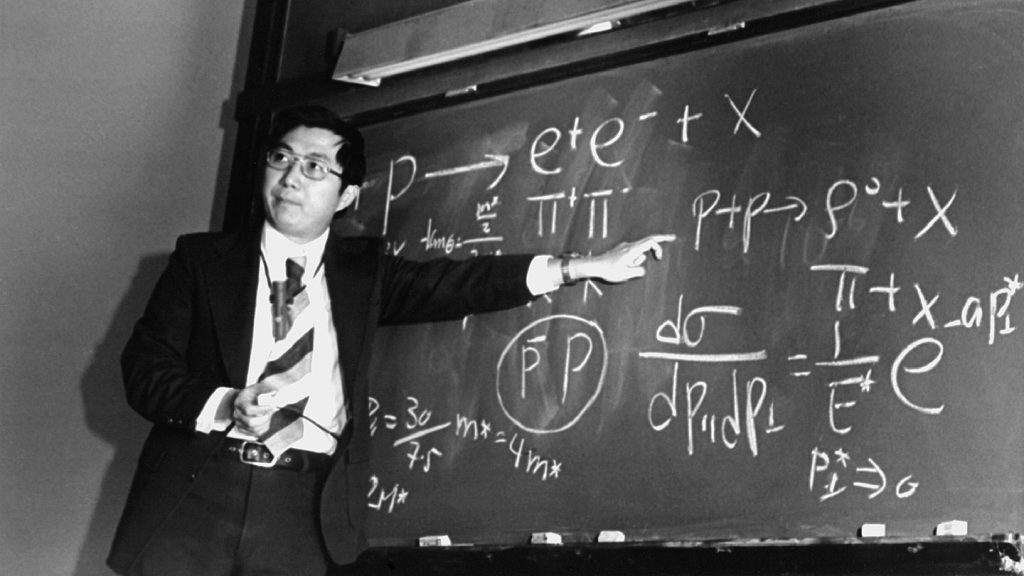In November 1974, the world of particle physics was stirred by the unexpected discovery of a new particle that defied easy classification and posed intriguing questions for theorists. This particle, a prime example of the complexities of subatomic behavior, is the heaviest identified to that point and boasts a remarkably long lifetime of 10^-18 seconds for its mass, suggesting a unique structural characteristic that allows it to exist transiently within the bounds of quantum mechanics. As the scientific community grappled with its implications, it became evident that this discovery was not merely another routine particle observation but rather a significant event that could reshape understanding in the field.
The newly identified subatomic entity was ultimately named the J/psi particle, a significant marker in what became known as the “November Revolution” in particle physics. This event catalyzed a flurry of research that illuminated the presence of quarks as the fundamental building blocks of matter, paving the way for their acceptance into the core of the Standard Model of particle physics. The J/psi particle is primarily composed of a newly theorized charm quark and its antimatter counterpart, demonstrating an unpredictable behavior that sent theorists back to their equations to understand the ramifications. This breakthrough challenged existing paradigms and indicated that the world of particles was far richer and more diverse than previously imagined.
However, alongside the exhilaration of the discovery came considerable confusion and speculation among researchers regarding the particle’s properties and how it was generated. Experimental efforts, particularly those involving high-energy collisions at facilities like CERN’s Large Hadron Collider, became paramount in exploring the production mechanisms of the J/psi particle. Physicists working with the ATLAS experiment, for instance, were dedicated to uncovering the details of particle production during proton smash-ups, seeking to better understand the conditions under which such unusual particles could emerge from high-energy interactions.
One notable aspect of the J/psi particle that drew attention was its longevity in decay compared to other particles of similar mass. This characteristic indicated that the J/psi possessed some type of unknown structural integrity. The understanding of such structures and their implications could potentially bridge gaps in existing theories and lead to new insights about the universe at its most fundamental level. Scientists became aware that to unlock the full potential of this discovery, they needed to dive deeper into the subatomic interactions that govern how these heavy particles are formed, decay, and interact.
The initial uncertainty surrounding the new particle also highlighted a broader challenge in the field of particle physics: the need for a comprehensive theoretical framework that could accommodate new findings without being entirely disrupted by them. As researchers adapted their models to include the charm quark and comprehend its association with particles like the J/psi, the dialogue regarding the nature of matter, interactions, and the forces involved in particle physics expanded significantly. This exemplified a dynamic interplay between experimental discoveries and theoretical advancements, which is the lifeblood of scientific progress.
Ultimately, the discovery of the J/psi particle represented a critical juncture in the evolution of particle physics. It not only enriched the existing knowledge base but also laid the groundwork for future explorations into the fundamental nature of matter and its constituent parts. As scientists continue to probe the depths of high-energy physics, the questions raised by the J/psi particle’s properties and production mechanisms remain central to the pursuit of a more profound understanding of the universe, reflecting the excitement and challenges that define the quest for knowledge in this ever-evolving field.














